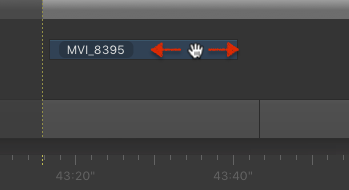Once just:play has been started it will gather the Channel information from just:connect and present the information through the user interface to you. Depending on the status of the Channel, the user interface will look slightly different.
This is how the control area of an Online Channel looks like.
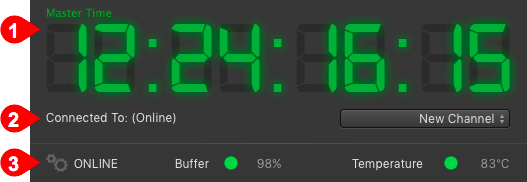
All other parts of the user interface look the same, no matter if it is an Online or Offline Channel. |
This is how the control area of an Offline Channel looks like.
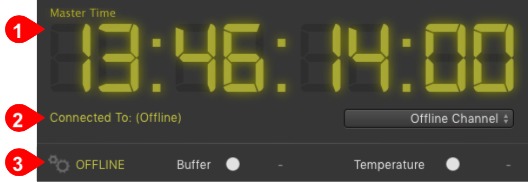
All other parts of the user interface look the same, no matter if it is an Online or Offline Channel. |
Usually an Offline Channel is used to build playlists which are later used in an Online Channel. For this the playlist has to be saved which is explained in detail in chapter 7.16 Saving And Reusing A Playlist.
If there are multiple Channels available in your network, you can switch between them.
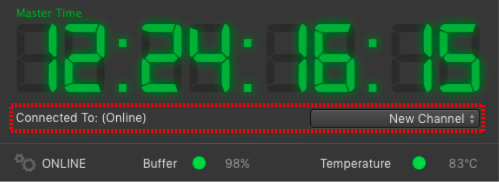
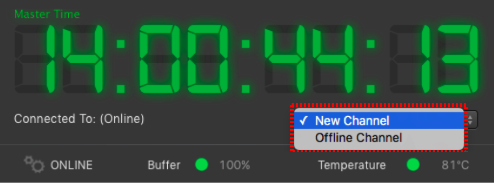
Switching to another Channel means that the whole interface will change to reflect the status of the other Channel. |
If you try to connect to a Channel with insufficient permissions you will get a warning. Please contact your system administrator for more information. |
The Timecode Display provides info like the current Playout time, the time to the next live event or the time to the next sync point.
Once you open just:play and connect to a Channel the Timecode can have one of three different colours.
| Timecode Display | Channel Type |
|---|---|
| Online Channel |
| Offline Channel |
| Offline or Online Channel in Edit Mode |

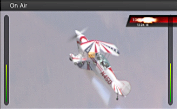

Drag the Timeline's ruler or double click an element in the Calendar View, Workbench or Timeline. Changing the day in the Calendar View will also activate Edit Mode. There are certain functions (like the ability to drag and drop elements in the Timeline) which are only available in the Edit Mode.
Click the Now button. You are now back in Master Time mode. This will also highlight the Video Layer automatically.

To preview Videos, drag and scrub the Timeline ruler to watch a frame accurate preview in the On Air Preview. It is not possible to preview Audio files, Events or realtime Graphic elements.
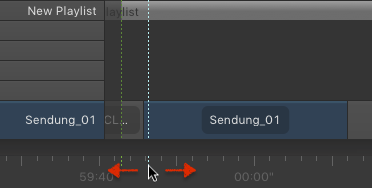
To change the position of an element in the Timeline, simply drag and drop it within the Playlist in the Timeline.
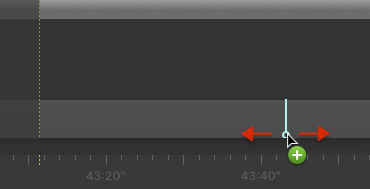
In Edit Mode you can change the length of a graphic element (which has at least one stop frame) by moving the mouse pointer to the beginning/end of the graphic element and drag the start/endpoint. Note that graphic elements snap to the start/endpoints of items in the Video layer.
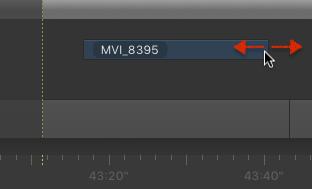
In Edit Mode you can change the position of a graphic element. Hover the mouse pointer over the middle of the element, then drag and drop it to another layer and/or another point of time on the same layer. Note that graphic elements snap to the start/endpoints of items in the Video layer.
